The working principle of the kneader
 Apr 03,2022
Apr 03,2022

 JCT
JCT
How does the kneader work? What is the rationale? I believe this is the confusion of many people. Let’s listen to Laihong’s explanation for you: The kneader is a pair of Σ blades that cooperate and rotate with each other. Rapid reaction to obtain uniform mixing and stirring, that is, the speed of one stirring paddle is fast, and the speed of one stirring paddle is slow, so as to generate shear force, and different paddle speeds enable the mixed materials to be rapidly sheared, so that the materials can be mixed. evenly. This is how the kneader works.
Kneader (English name kneader) is an ideal equipment for kneading, mixing, vulcanizing and polymerizing high-viscosity and elastic-plastic materials. It can be used to produce silicone rubber, sealant, hot melt adhesive, food gum base, pharmaceutical preparations, cosmetics, etc. Production of raw materials.
The kneader was developed by Heinz Reese, and the technology became quite popular once it appeared in the processing industry.
The main types of kneaders are as follows:
The heating method of the kneader is different according to the heat medium: electric heating kneader, high temperature kneader, etc.
The type of kneader is also divided into: ordinary type, vacuum kneader, high temperature type kneader, etc.
Although there are so many categories above, the working principle of most kneaders is the same.
The kneader is mainly composed of five parts: the kneading part, the base part, the hydraulic system, the transmission system and the electric control system. The hydraulic system is controlled by a hydraulic station to control the large cylinder to complete the opening and closing function. The hydraulic system is controlled by a hydraulic station to control the cylinder to complete functions such as turning the cylinder and opening the cover. The detailed parameters can be selected and required by the user. Convenient and reliable. The transmission system consists of a motor, a reducer and a gear, and the motor is matched according to the model of the kneader.
The transmission part of the kneader is synchronously rotated by the motor. After the elastic coupling reaches the reducer, the fast pulp is driven by the output device to make it reach the specified speed, and the speed can also be adjusted by the frequency converter.
The kneader has two Σ-shaped blades, and the speed of the two blades is different. Different speeds can be set according to different processes. The most common speed is 42/28 rpm.


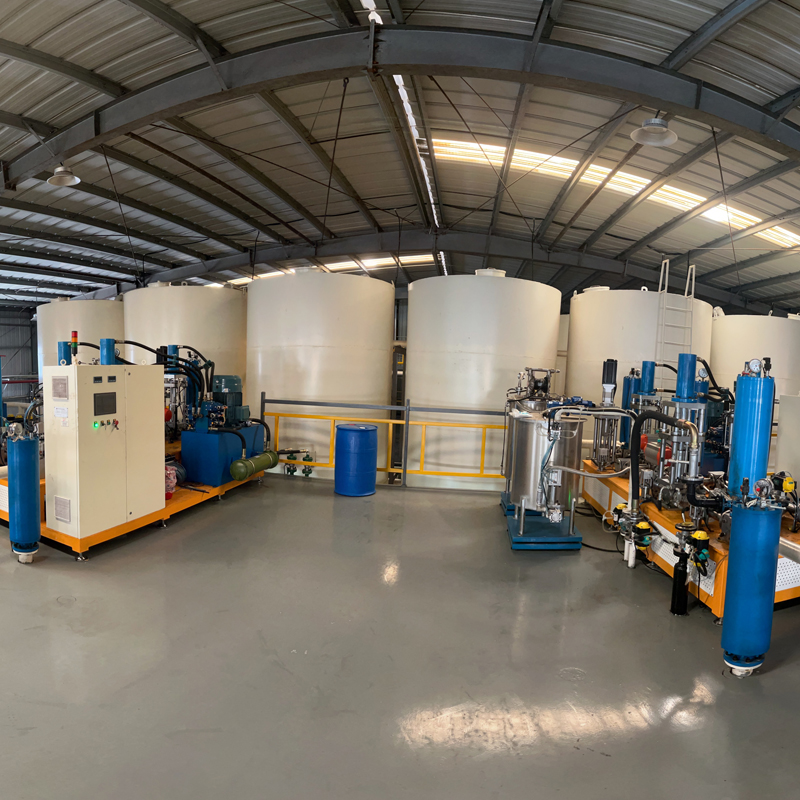
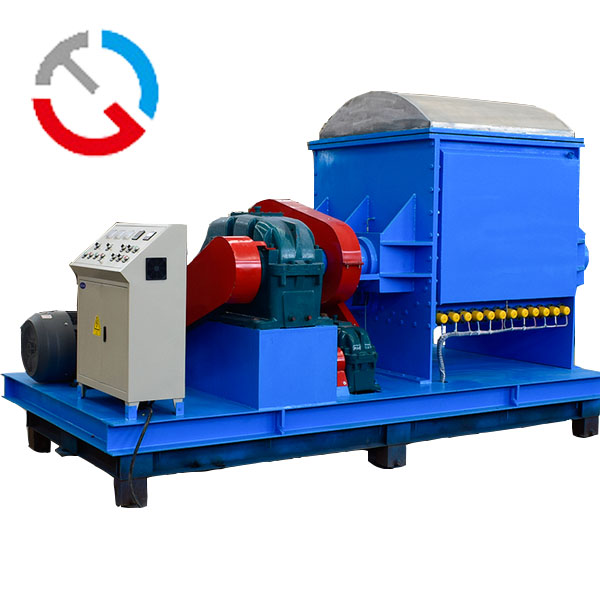
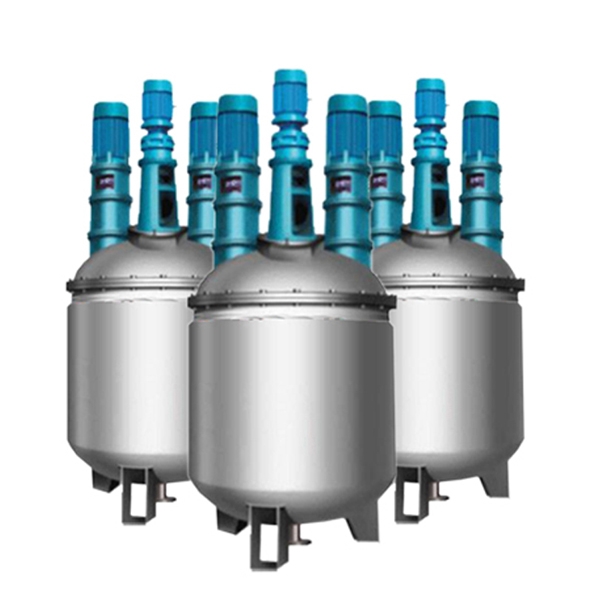
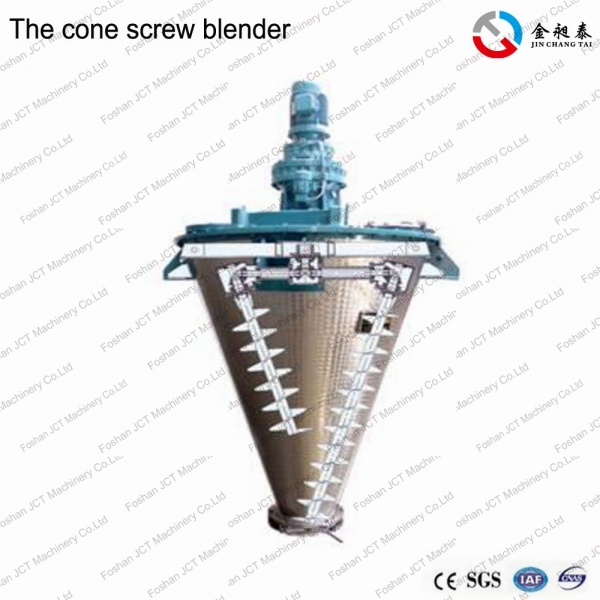


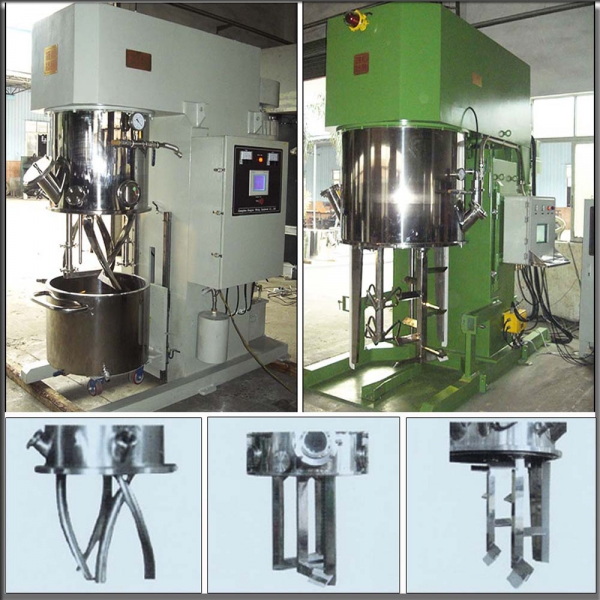





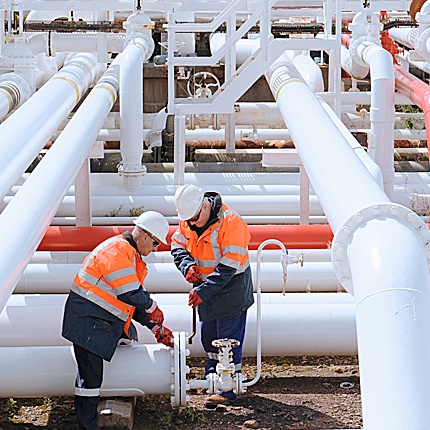

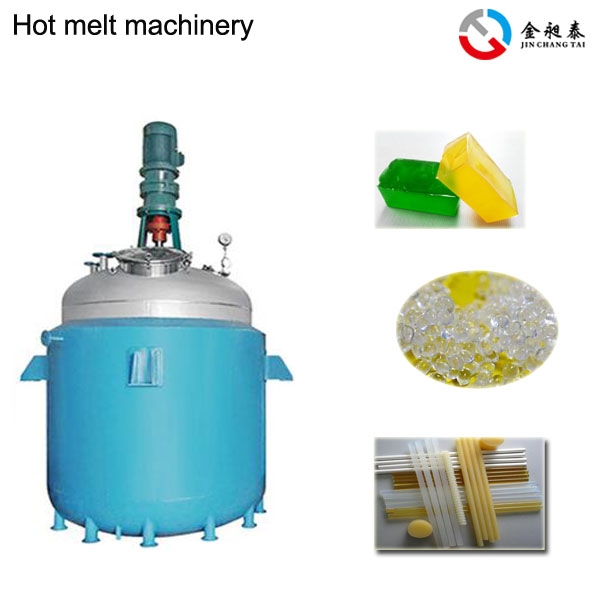
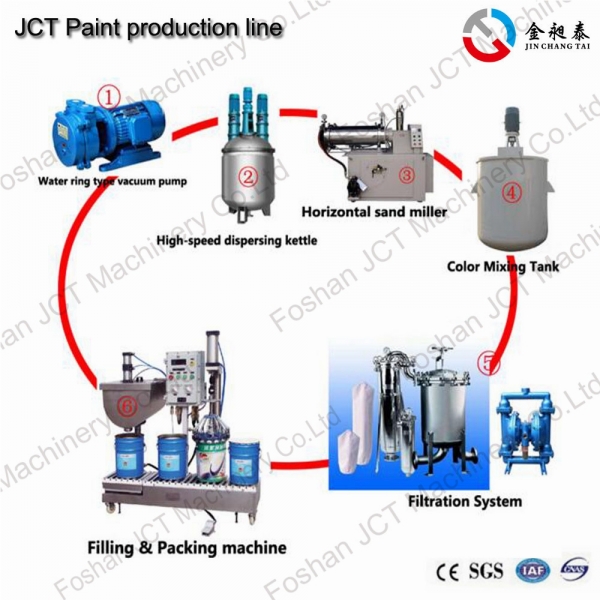
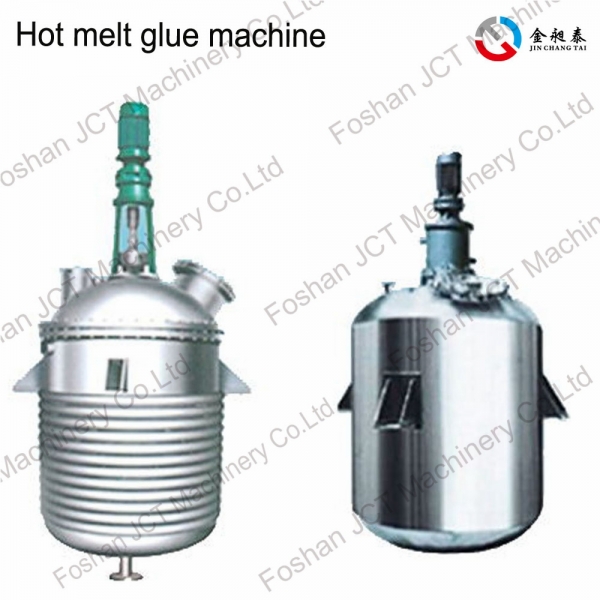
 CN
CN
 HOME
HOME
 Neoprene adhesive production line
Neoprene adhesive production line  You May Also Like
You May Also Like
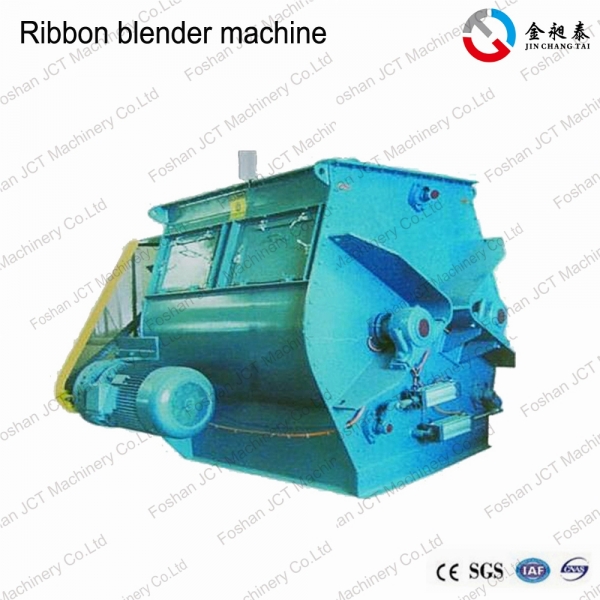

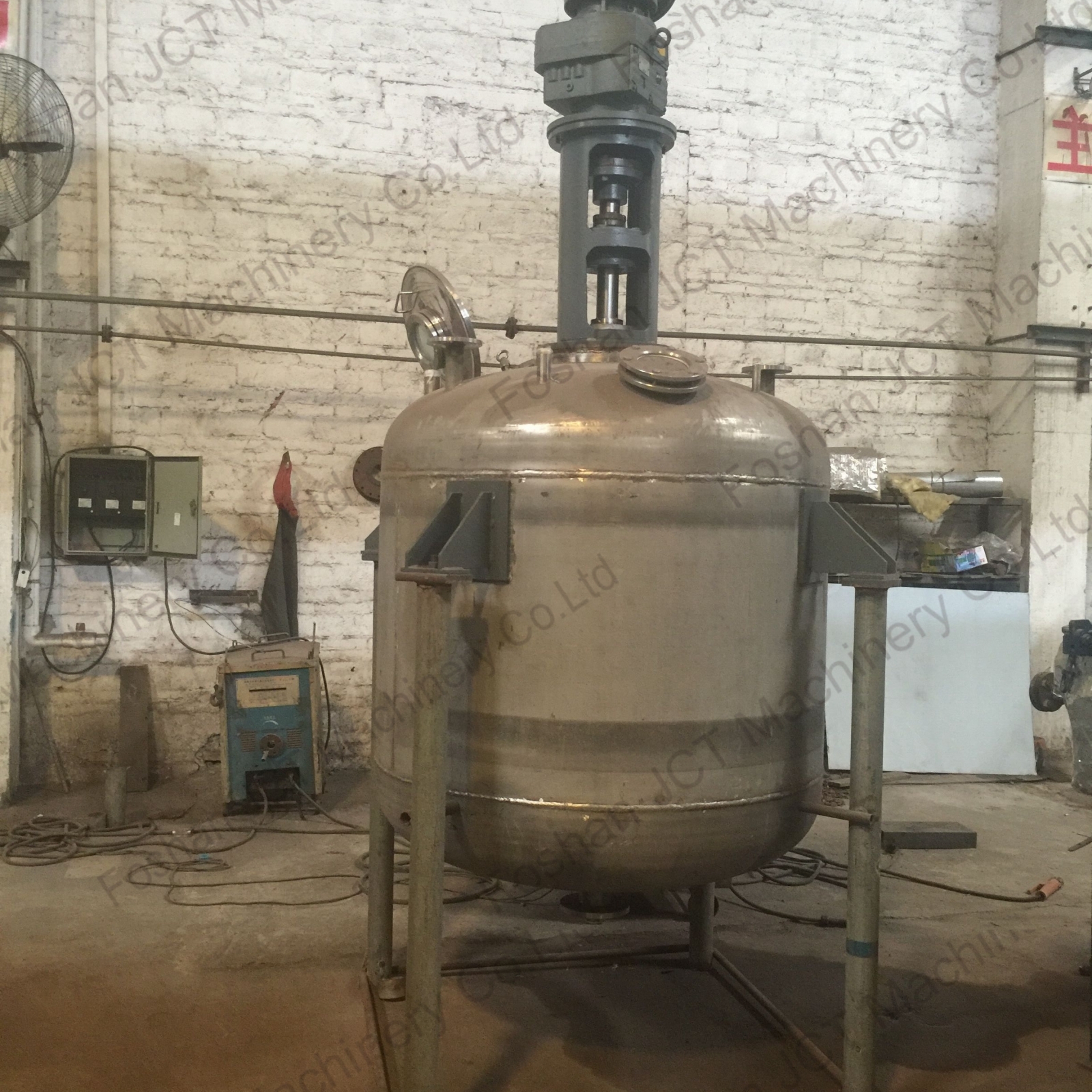
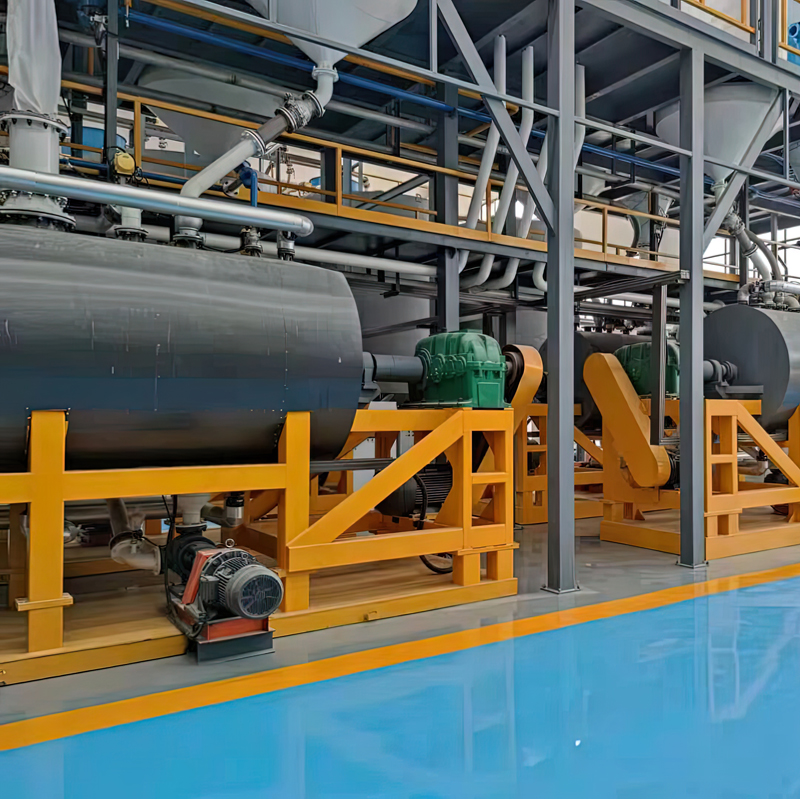
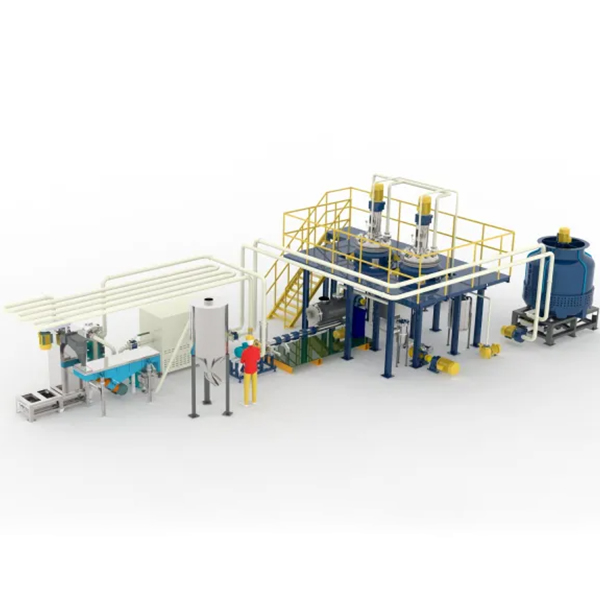

 Tel
Tel
 Email
Email
 Address
Address










